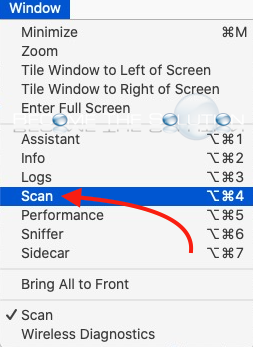

If you don't want to go digging for this buried command every time, you can make an alias for it, create a link to it, or copy it from its location to a more convenient place, such as the /usr/bin/ directory. With the airport command you can change channels, disconnect from any Wi-Fi network, and get information on the current connection, but more importantly, you can scan for available Wi-Fi networks.

System/Library/PrivateFrameworks/amework/Versions/Current/Resources/airport To fill this gap, Apple offers a command called "airport" that is hidden deep in the system's frameworks folder at the following location: Though you can exercise the above options through the networksetup utility, the tool does have its limitations, such as the inability to scan for available Wi-Fi networks and adjust the Wi-Fi channel. With these options, "" is the name of the Wi-Fi network you are interested in, and the "" will likely be "en1" (the default for the Wi-Fi card in Macs), but you can look this up by running the following command and noting the device name next to each network port listed:

Networksetup -removeallpreferredwirelessnetworks Networksetup -removepreferredwirelessnetwork Networksetup -addpreferredwirelessnetworkatindex Networksetup -listpreferredwirelessnetworks These options can be used to list your preferred Wi-Fi networks, add or remove networks to the list, or clear the entire list:
#Mac terminal commands wifi scan how to
With these options you can change the network AirPort uses (see below for how to scan for Wi-Fi networks via the command line): With the following options, you can get the power status of the current Wi-Fi card and change it if needed: The list is quite extensive, but when it comes to basic Wi-Fi management, there are a few options that are relatively easy to remember and put to use. This tool covers every aspect of the Mac's network setup and you can look at all of its options by simply running networksetup by itself in Terminal to see a list of all supported command options. The utility for doing this is the command "networksetup," which can be used to quickly apply a change to a specific network property.
#Mac terminal commands wifi scan manual
However, you can also make these changes - adding and removing ports, creating new locations, switching to DHCP from manual configurations, changing MTU sizes, and managing 802.1x profiles, among others - via the command line. If you need to adjust network settings on your Mac, the quickest route is to do so through the OS X system preferences and menu extras.


 0 kommentar(er)
0 kommentar(er)
